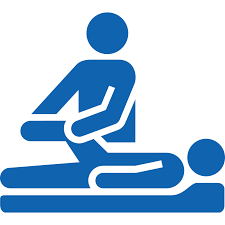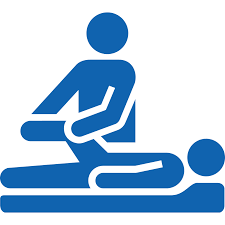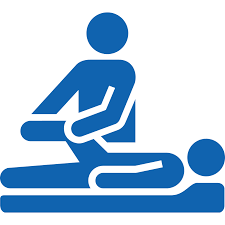In part one of this series, we examined the way in which a forward head posture changes the alignment of your spine and therefore changes the forces exerted by our muscles.
Now let us turn our attention to some of the main reasons this might be detrimental to our health:
1) Tight/painful neck
All of our muscles have an optimal resting length. They are most efficient working in their "Goldilocks zone" - that is to say, not too long and not too short, but just right!
When our muscles have to work hard to hold up a load (e.g., the head) while in a lengthened (stretched) position, they are not as efficient at using energy & will fatigue more quickly.
This can lead to the familiar tight, sore "office neck" - a feeling that the muscles of the neck are bound up in knots. If it gets really severe, it can even limit our range of motion.
Try checking your blind spot while driving when your neck doesn't rotate all the way - ouch!
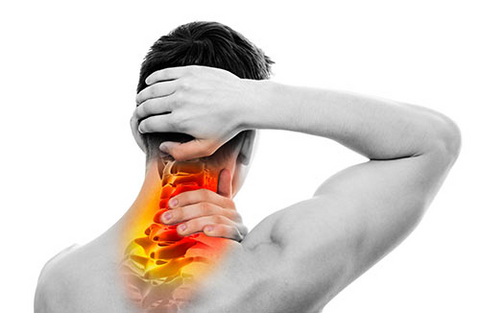
2) Headache
There are a number of reasons why head forward posture may cause a headache, but the two most common are trigger point referral and nerve entrapment.
Trigger point referral
A "trigger point" is what is commonly referred to as a "knot" in the muscle - a tight little bunch of muscle fibres that causes many aches and pains.
Trigger points are sneaky - they sometimes hurt exactly at the location they are found, but often, they will refer pain to some distant area.
Referred pain can be tricky to track down. So that headache? It might be elusive to treat, until you realize it's actually coming from a bunch of contracted muscle fibres in your upper trapezius!

Nerve entrapment
Until now, we've focused on the muscles that are trying to work while too stretched. But what about the ones that are overly shortened?
The sub-occipitals are a tiny little group of muscles which help to control motion between the skull and the top vertebrae of the neck.
With the neck held at an unnatural angle, the nerve that runs through them (aptly named the sub-occipital nerve) can get "pinched."
As with trigger points, it's possible to experience pain right at the trouble spot - at the junction of the neck and skull - but the sub-occipital nerve can also send signals anywhere along its path.
So that headache at the side of your head or behind the eyes? Might be the sub-occipital nerve filing a complaint.
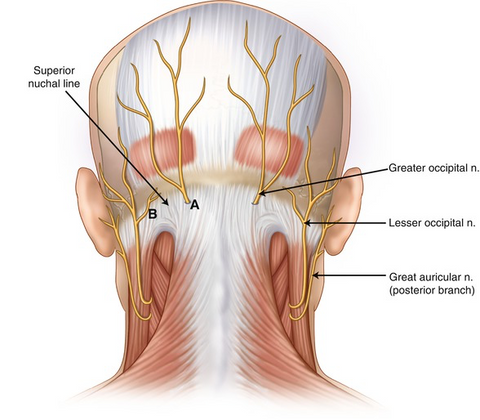
3) Jaw pain
This is a sneaky one - we don't often consider the connections between the neck and the jaw.
However, if you examine the image below, you will see that many of those muscles that run along and support the front of the neck and throat attach themselves to the mandible - the moving part of the jaw.
So, if these muscles tighten up due to an awkward posture, they can actually alter the mechanics of the rather complicated temporo-mandibular joint (TMJ) and make you feel like you've been gnawing on carrots all day!

Whew! That's a lot of things and we've only just scratched the surface. But not to fear - the human body is amazingly resilient.
Our bodies can handle the occasional awkward posture without major long-term disruptions. But if you recognize that head-forward posture - if it's your normal more often than not throughout the day - it might be time to consider a few changes.
In part three of this series, we will examine some corrective techniques.
This article is for general informational purposes and to spark your curiosity. Please consult your healthcare professional if you are in need of individualized medical advice.

